New images of the Canon EOS-R5 that was schedueld to be displayed at the CP+ show
DC.watch shared these images of the Canon EOS-R5 prototype planed to be show at the now canceled CP+ show:
DC.watch shared these images of the Canon EOS-R5 prototype planed to be show at the now canceled CP+ show:
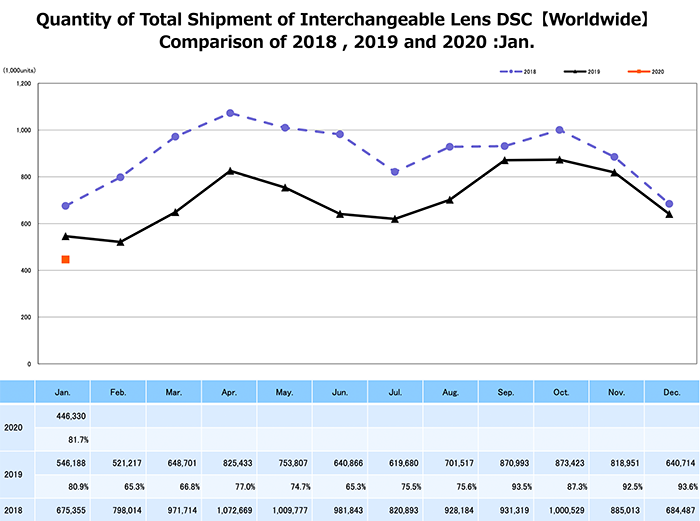
Cipa confirmed the worse camera shipment data since the digital revolution. Never did companies sell so few camera in th months of January (with never I mean since the peak from 2012). Mirrorless sales dropped y 11% (in terms of units) and by 19% (in terms of value).
And with the additional China production halt and economy slowdown I expect 2020 to be far worse than I could have imagined.
Things might go so bad some companies will definitely drop out of the market?
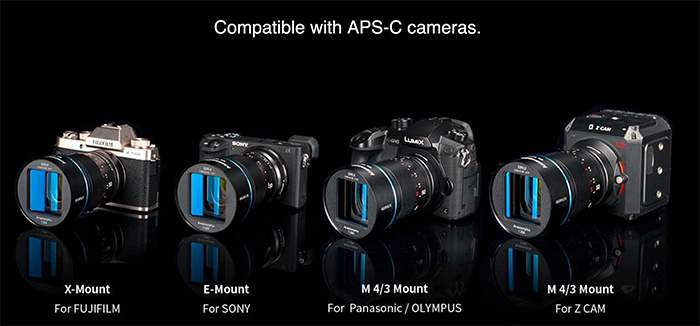
This is an exciting new lens because it gives you anamorphic look for just $700! The Sirui will start shipping out in April (preorders here). Dpreview writes:
The lens, which enables 2.4:1 aspect ratio shooting, is available in mounts for Sony-E, Fujifilm X and Micro Four Thirds, and will retail for around $700 / £660. Designed to cover APS-C sized sensors the lens offers a field of view that equates to a 37.5mm lens, according to Sirui, as the optics increase the horizontal angle of coverage by 33%.

The Photokina organization held an event in Cologne and clearly stated that they expect no cancelation of the event because of the Coronavirus Outbreak. Still, I bet that if things get worse the event will certainly be at great risk of being canceled.
They also made it clear that 2020 is a new starting point for a “new Photokina”. The focus will shift towards smartphone users. After all also those users are interested in photography and a part of this group may be interested in buying more advanced camera gear.
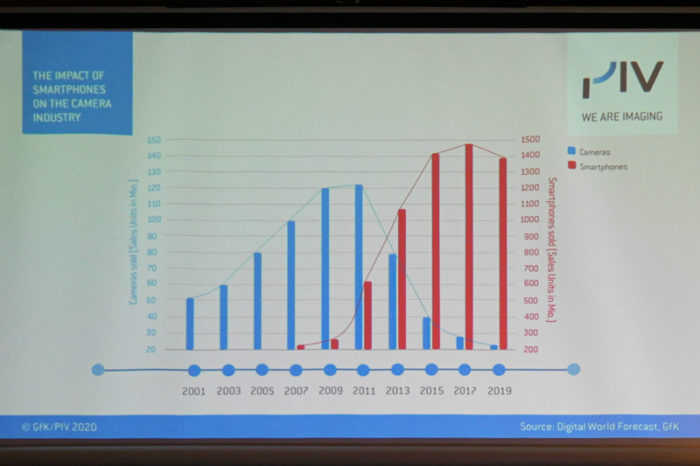
The organization also confirmed Fujifilm, Nikon, Olympus, and Leica will not be present at the event because of financial reasons. But Leica may show up with some “different” presence (no idea what that means).
via DC.watch
Tony&Chelsea Northrup:
The COVID-19 coronavirus has slammed the stock markets around the world and it could do serious damage to camera manufacturers and the photography community as a whole. In this Picture This podcast episode, Tony & Chelsea Northrup research how the Coronavirus is impacting manufacturing capabilities for Canon, Nikon, Sony, Fujifilm and other camera manufacturers. They also discuss the possibility of the Olympics being cancelled and how shutdowns in Japan will impact technology advancement.
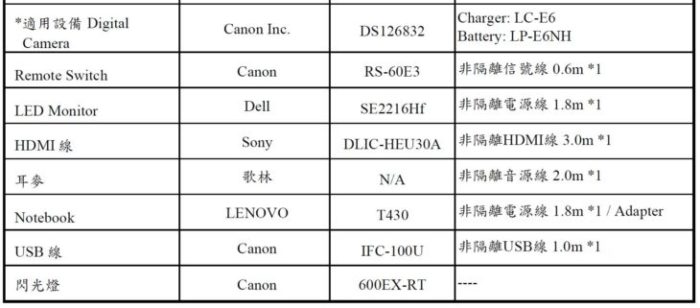
Canon registered a new camera model (Source: Nokishita). And they also patented a new 13-21mm f/2.8 RF lens (Source: Hi-Lows-Note).
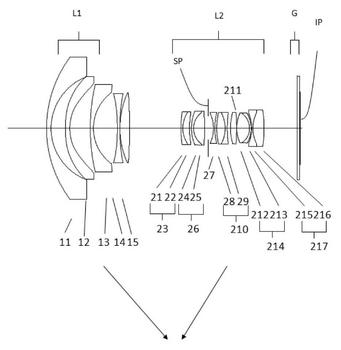
As you can see Canon (just like Fuji) is working hard on new camera and lens releases. The question now is…where are you Sony?
via CanonWatch